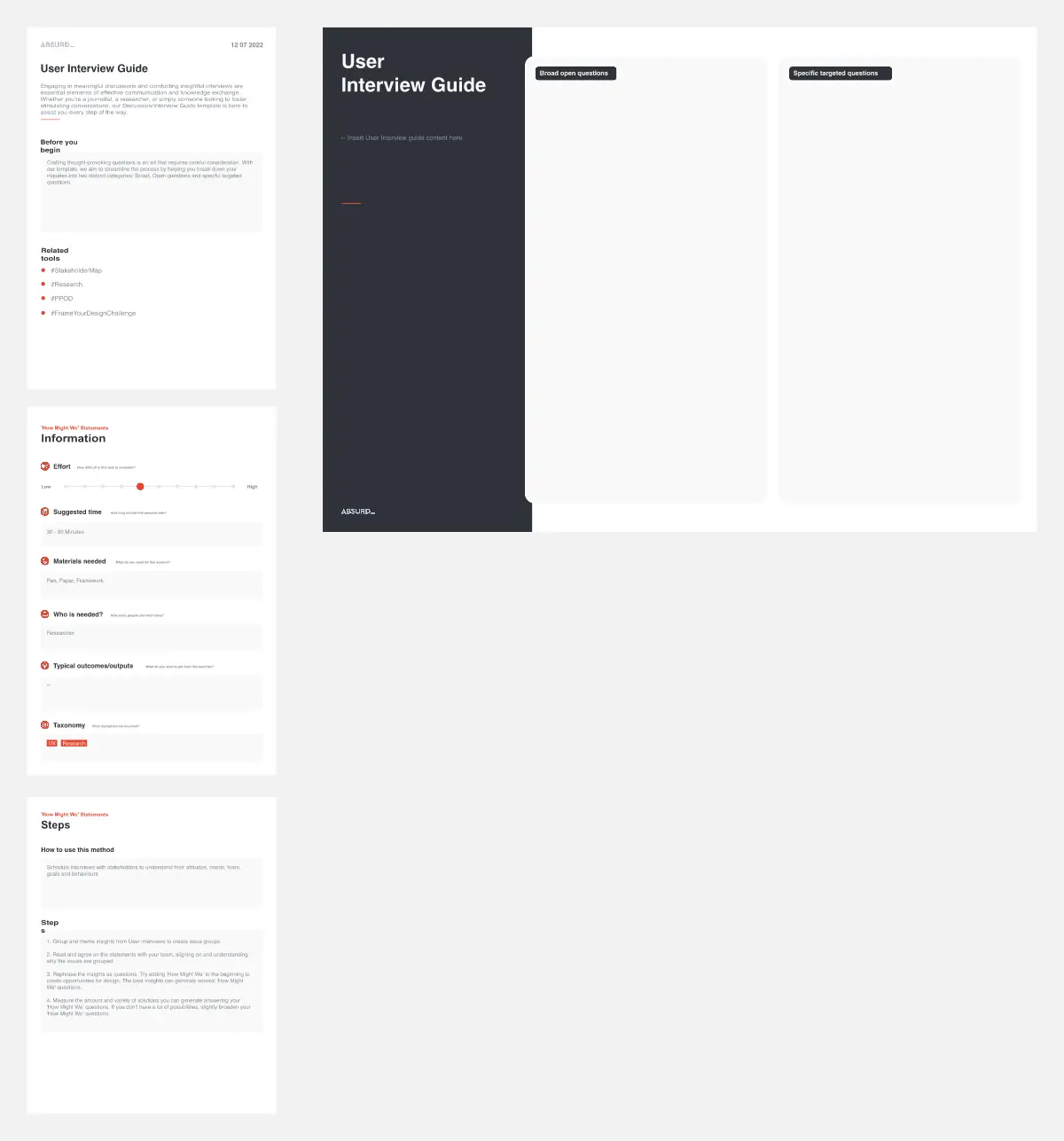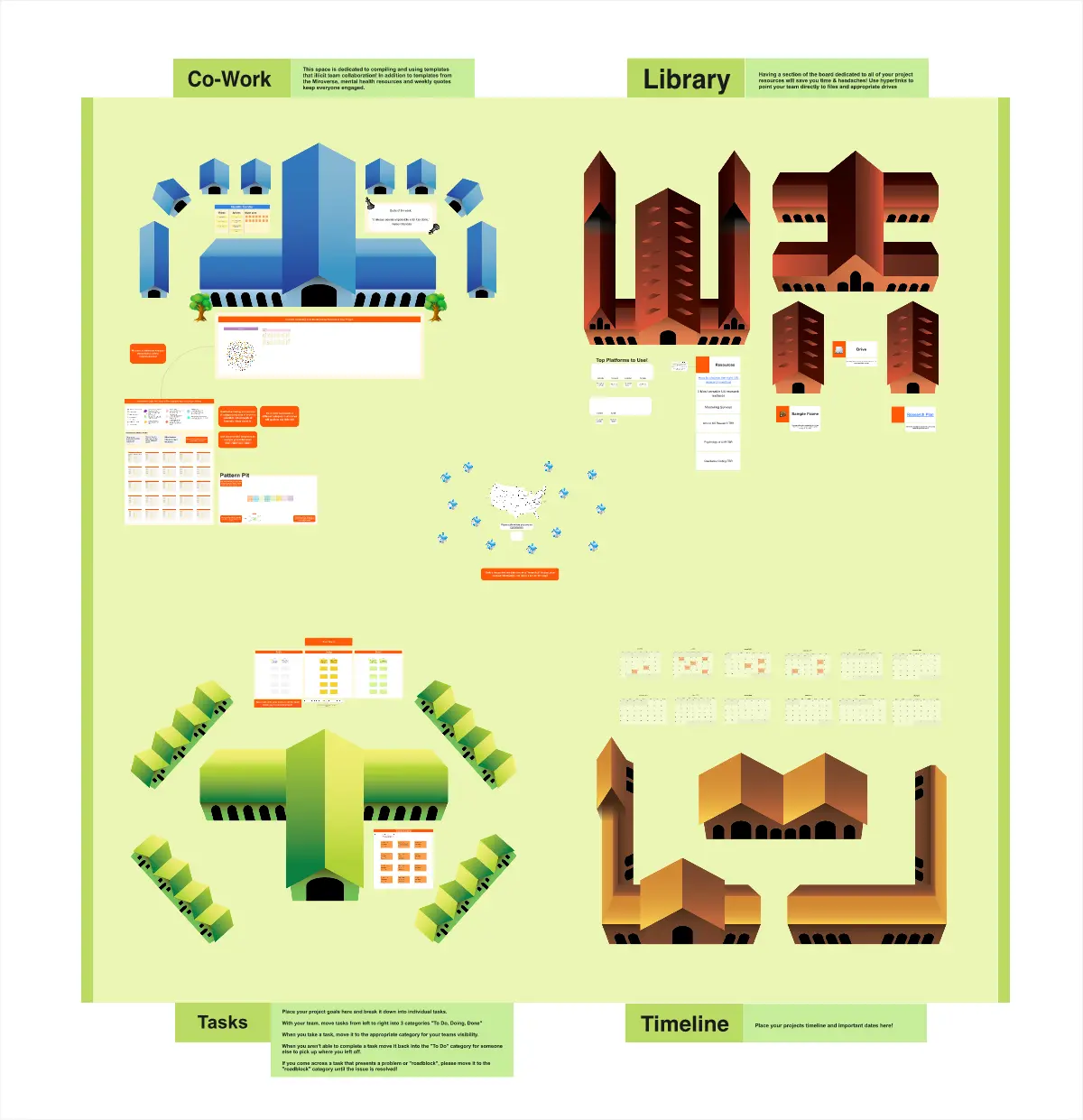CATWOE Analysis
What is a CATWOE analysis?
The "CATWOE" analysis is a problem-solving framework that helps businesses and entrepreneurs analyze a problem or situation. Similar to a PESTLE analysis, CATWOE analyses are commonly used by business analysts and entrepreneurs to help guide important decision-making for an individual or organization.
What does “CATWOE” stand for?
A “CATWOE” in business analysis stands for Customers, Actors, Transformation, Worldview, Owners, and Environment. The six key elements involved in a “CATWOE” analysis make up its namesake:
C = Customers: These are the people who benefit from your business. They could be your direct consumers, other businesses, or even your own employees.
A = Actors: These are the individuals or groups who perform the tasks in the process you're analyzing. They're the ones who make things happen!
T = Transformation process: This is the change that occurs within the system. For example, in a manufacturing business, the transformation process might be the conversion of raw materials into
W = Worldview: This is the big-picture perspective of the situation. It's about understanding the overall context, the purpose of the system, and how it fits into the larger environment of a finished product.
O = Owners: These are the people who have the power to make changes to the system. They could be the CEO, the board of directors, or anyone else with significant decision-making authority.
E = Environment: This refers to the external factors that the system operates within. These could be legal regulations, market trends, or any other conditions that affect how the system functions.
What does a CATWOE analysis do?
CATWOE analyses are a great way to break down and understand a problem to determine the best solutions and next steps.
Ways CATWOE analyses are beneficial:
Mitigate risk: Provides a comprehensive view of a problem or situation.
Align goals: Helps an individual or group understand a problem from multiple perspectives.
Increase success rates: Helps inform and guide strong decision-making processes.
Improve communication: Enables better communication among stakeholders by providing a common framework for discussion.
What is a PESTLE analysis?
A PESTLE analysis is a strategic framework used for understanding the impact of external factors on an organization. While a CATWOE is slightly different from a PESTLE analysis, this framework will be helpful for understanding the environment surrounding your business system as part of the CATWOE. For more details, see step seven in the template.
How to conduct a CATWOE analysis
This template is intended to guide you and your team through each stage of the CATWOE analysis with step-by-step instructions. CATWOE requires a thorough understanding of the business or system being analyzed. Be sure to allocate enough time with your to gather all information necessary.
Here’s a step-by-step overview for conducting a CATWOE analysis:
Start by identifying key stakeholders. Assess their potential influence on your business or project including their level of interest and power. Then, reflect on and discuss the output with your team.
Then, identify potential customer segments. Outline ways your product or service benefits each, and try to think of as many different personas or types of customers as possible.
Next, identify key actors. These will be the various types of roles involved in your business or project along with their designated responsibilities. Consider their motivations, challenges, and goals by taking a moment to think from their point of view.
Then, map out the transformation process. The transformation process refers to the core processes or operations that a business undertakes to deliver its product or services to the appropriate customers or audiences. Take a moment with your team to brainstorm ways each stage in the process could be made more efficient, effective, or user-friendly.
Next, visualize the “big picture” by building a worldview. Consider your company’s goals, values, and what “success” looks like. Conducting a SWOT analysis is a great way to organize your thoughts and ideas for this step.
Then, identify the business owner(s). Consider their perspective and estimate their decision-making process.
Next, assess the business environment. The PESTLE analysis is a great framework for completing this step.
Finally, review and reflect. Take some time to generate key takeaways from steps one through seven above, and determine the next steps to align on ways you and your team will apply the results and outputs of the CATWOE.
Categories
Similar templates
![Template cover of Stakeholder Map [Research]](https://template-metadata-service-static.miro.com/images/templates/iY3VJLsQj1ao597EfuVf9/preview-1705850450401.webp)



